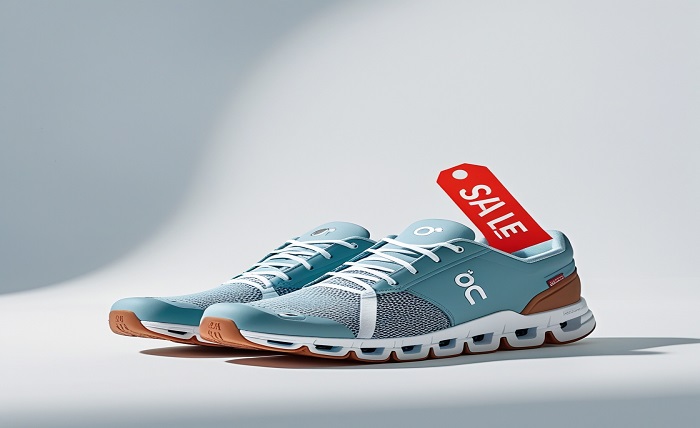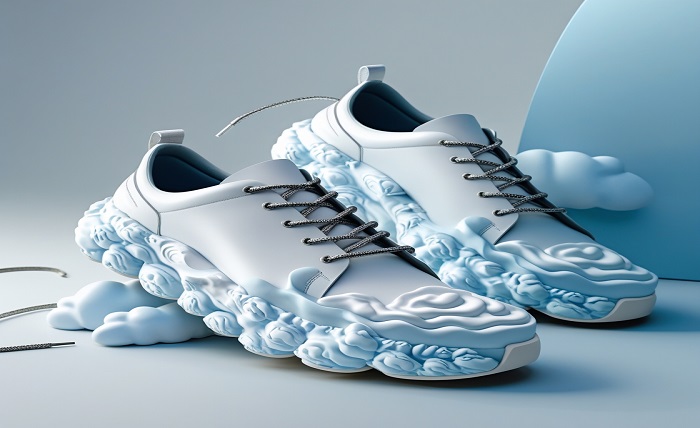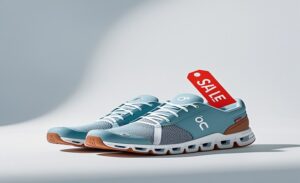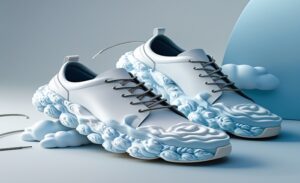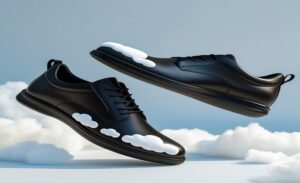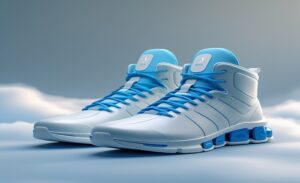Table of Contents
ToggleIntroduction
Significant changes in fashion were a hallmark of the enormous cultural and societal revolution that occurred in the 1920s. The time between the end of World War I and the beginning of the Jazz Age saw a notable change in men’s fashion. In addition to capturing the essence of the era, 1920’s Men’s Fashion also set the stage for numerous contemporary trends. This extensive book explores the essential components, persistent designs, and fascinating world of men’s fashion from the 1920s.
The Roaring Twenties: A Cultural Snapshot
The 1920s, sometimes known as the “Roaring Twenties,” were a time of great economic growth, scientific innovation, and cultural vibrancy in both Europe and the United States. Particularly in cities like New York City and Paris, it was marked by an air of liberation and experimentation. Social standards and values changed as a result of the yearning for modernization and change following the end of World War I.
The Influence of World War I on Men’s Fashion
Men’s fashion was significantly impacted by World War I, as military requirements shaped garment design. The precise fits and straight lines of military uniforms influenced civilian fashion. In addition, the lack of resources during the conflict caused clothing to be simplified and substitute materials to be used. The sleek, minimalist style that would characterize 1920s fashion was thus established.
Silhouette and Fit: Tailoring in the 1920’s Men’s Fashion
Men’s fashion of the 1920s was distinguished by its emphasis on a sleek, slender shape. With their high armholes and small lapels, suits were fashioned to fit the wearer quite closely. Straight legs and high-waisted trousers gave off an elegant, lengthened appearance. This marked a turn away from the looser, more carefree looks of the preceding ten years and toward a more sophisticated and refined approach.
Fabrics and Textures: Exploring Material Choices
1920s fashion valued lighter, more breathable materials over the bulky wools and tweeds of the Victorian era. In warmer weather, men wore suits and shirts made of tropical-weight wool, linen, and lightweight cotton to be cool and comfortable. Evening dress was limited to silk and satin, but textures like pinstripes and herringbone gave clothing visual pop.
The Rise of Formalwear: Tuxedos and Suits
In the 1920’s Men’s Fashion, formal dress attained unprecedented levels of sophistication and elegance. Created in the 19th century, the tuxedo has been a mainstay of men’s evening wear. The tuxedo was made of opulent materials like silk or velvet and had a well-tailored jacket with satin lapels and pants with satin stripes. This elegant group perfectly captured the glitz and extravagance of the Jazz Age.
Casual Elegance: Everyday Attire for Men
Formal clothing was saved for exceptional events, but men’s daily wear had a more carefree yet fashionable aesthetic. For daytime attire, the lounge suit—which consists of a jacket and pants in complementary or matching colors—was the norm. As casual outerwear, sweaters, and cardigans have become increasingly popular since they offer warmth and style in the chilly months.
Accessories Galore: Hats, Ties, and Pocket Squares
In the 1920s, accessories were essential to finishing off a man’s costume. The fedora was the iconic headgear of the decade, lending refinement to any ensemble with its broad brim and pinched crown. Pocket squares provided a splash of color and style to a jacket’s breast pocket, while ties came in a range of widths and designs, from striking stripes to subdued plaids.
Footwear: From Oxfords to Spectator Shoes
The 1920s saw the rise of fashionable yet functional footwear with a focus on fine craftsmanship and timeless style. Oxfords were the go-to shoe for formal events because of their closed lacing and low heels, while wingtips and brogues provided a more relaxed but still elegant look. Men who wanted to stand out in their footwear started choosing spectator shoes, which are characterized by their two-tone color scheme.
Conclusion
In summary, 1920’s Men’s Fashion embodies the spirit of a revolutionary age through its distinct fusion of tradition and innovation. The 1920s saw a great deal of sophistication and elegance in every facet of men’s fashion, from the elegant lines of tailored suits to the lavish extravagance of formalwear. Even though fashion has changed over time, the influence of the Roaring Twenties may still be seen in modern trends, serving as a constant reminder of the lasting impact of this significant historical era.
FAQ
Were there any specific fashion trends that emerged exclusively for men during the 1920s?
Yes, there were a few trends that were exclusive to men’s fashion in the 1920s. These included the widespread usage of waistcoats as part of daily wear, the acceptance of wide-legged pants, and the appeal of detachable collar shirts.
How did socioeconomic factors influence men’s fashion during the 1920s?
Because of the 1920’s Men’s Fashion economic prosperity, men from all walks of life were able to adopt the era’s fashion thanks to easier access to luxury items and tailoring services. Richer people could afford more expensive clothing, yet class differences were still visible in the materials and skills utilized in clothing.
Did 1920’s Men’s Fashion have any cultural or political significance?
Yes, societal shifts in perceptions toward gender, class, and identity were mirrored in men’s fashion of the 1920’s Men’s Fashion. While the emphasis on style and self-expression contributed to the era’s increasing consumer culture, the adoption of more loose and unrestrictive apparel indicated a shift from the rigid gender conventions of the past. In addition, in a world growing more varied and connected by the day, fashion has become a tool for expressing one’s individuality and social standing.


